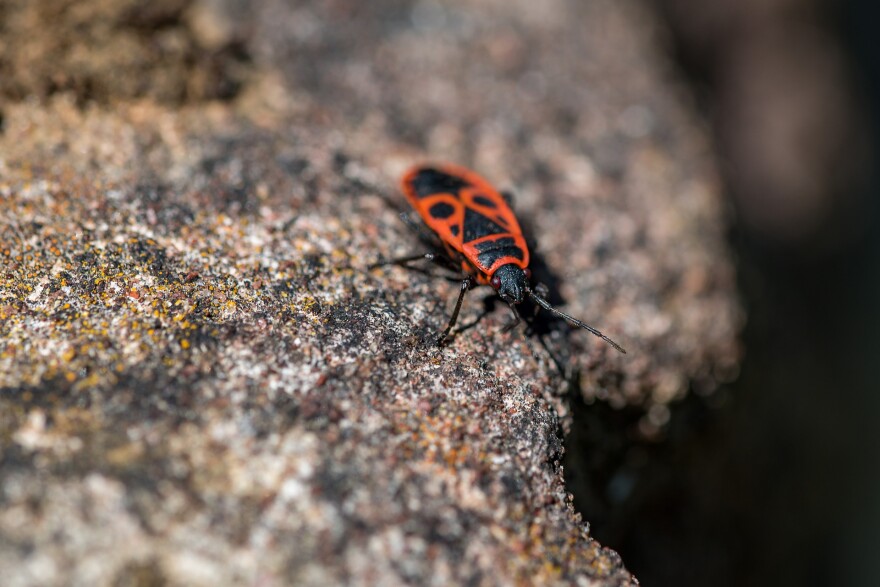Scientists face some challenges when it comes to data collection — equipment is expensive and funding isn’t always available. But museums, government agencies and other institutions are working with their communities to solve these problems across the world and right here in Utah. Citizen science uses volunteers of all ages — from school kids to retirees — to collect data.
The Community Collaborative Rain, Hail and Snow Network, also known as CoCoRaHS, is one national group with an active chapter in Utah that uses data gathered by citizen scientists.
Volunteers measure how much rain and snow they receive in their backyard with special kits that measure precipitation levels. Those cost between $30 and $40 and are often paid for by the individuals.
Jon Meyer, a climatologist at Utah State University and regional coordinator with CoCoRaHS, said volunteers give organizations like CoCoRaHS “bang for the buck” and help reduce equipment costs.
“A lot of the official networks require huge costs that somebody has to bear,” Meyer said. “The taxpayer for the most part.”
And even though it’s a simple program, he said “the data it provides has so many applications, especially for Utah, where water is very important.”
The Natural History Museum of Utah also uses the work of citizen scientists to aid research projects.
One way to record findings is a free app called iNaturalist, which is a community-built database of plants and animals. People post pictures on the app and work as a community to identify species. The museum uses the app in research projects to track movements of organisms based on sightings, like the European Firebug.
Ellen Eiriksson coordinates citizen science initiatives at the museum and runs a local group on iNaturalist called the Salt Lake City Neighborhood Naturalists. Eiriksson said thousands of volunteers are the eyes and ears of researchers, who can’t be everywhere all the time. And they have made some important discoveries.
“The first record of a European Firebug in North America ever was a photograph someone put on iNaturalist that was taken in northern Utah,” Eiriksson said. “Since then, it's been slowly expanding throughout the state but also in North America.”
Citizen scientists also make very practical impacts. She said that volunteers discovered a threatened dragonfly along the Jordan River, and now Salt Lake City is working to protect the insects by pulling weeds in the Fife Wetland Preserve, instead of using pesticides.
Meyer also said cities use water data from CoCoRaHS volunteers to determine where they need more mosquito abatement during summer months and by the State Drought Committee to supply water to areas impacted by drought.
And according to Eiriksson this collective effort also connects people to nature, which she said, makes them emotionally and physically healthier.
“The world is sort of slowing down and people are home more,” Eiriksson said. “And they’re noticing more nature in and around their own backyards. If they’re interested and able — take a photo of it and put it on the iNaturalist platform — that’s going to be cool data that will help researchers in the future with projects that haven’t been created yet.”

